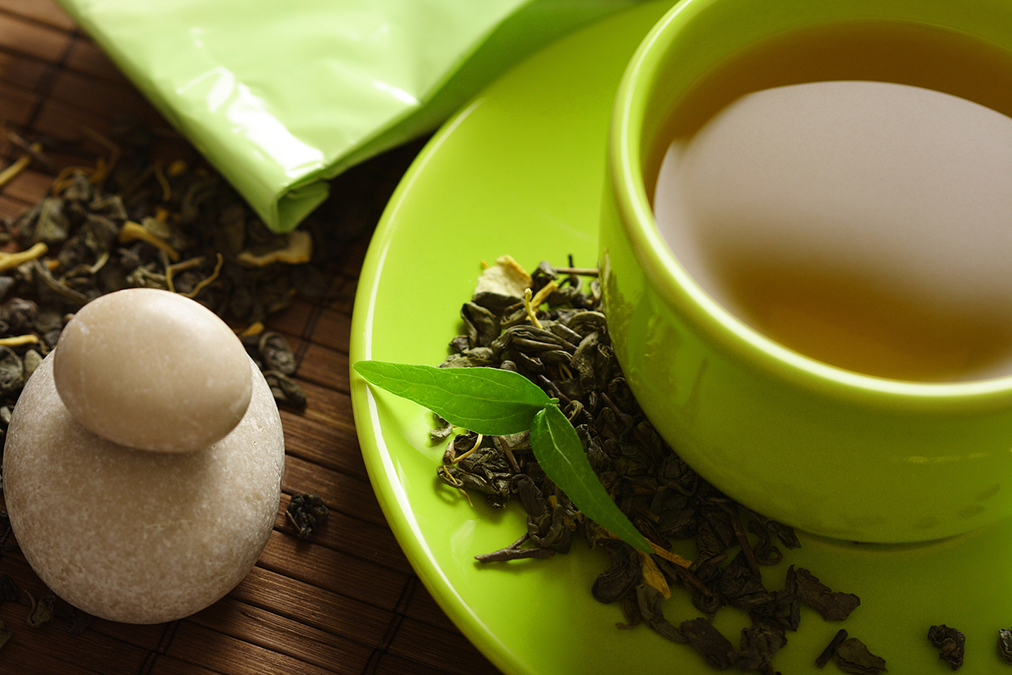 Neuropathy is rapidly becoming the most frequent complication doctors deal with.
Neuropathy is rapidly becoming the most frequent complication doctors deal with.
This is fueling new research about neuropathy. Unfortunately, the results have been very limited so far.
But now, a new study published in the journal Oxidative Medicine and Cellular Longevity reveals how a common tea has amazing healing power against neuropathy.
According to the research cited in this article, around one quarter of diabetics experience painful diabetic neuropathy. In most of these cases, painkillers have terrible side effects or simply don’t work.
To find a natural treatment, we will have to understand what causes this type of neuropathy, which they investigated in great detail.
According to previous research, diabetic neuropathy stems from a very specific sequence of causes:
-
1. Neuroinflammation in the spinal cord is an essential component of neuropathy.
2. This neuroinflammation happens when microglia are activated.
3. When microglia are activated, they convert to their M1 phenotype form.
4. This M1 phenotype form triggers the release of pro-inflammatory chemicals.
5. These chemicals then trigger neuroinflammation in the spinal cord.
To scientists, the solution seems obvious: stop the conversion of microglia into their M1 phenotype form. That way, the neuroinflammation would not happen.
There is one potential way to do this: previous studies have revealed that insulin-like growth factor 1 (IGF-1) can prevent microglia from converting into their M1 phenotype form.
Researchers have previously reached the preliminary conclusion that the active ingredient in green tea, called epigallocatechin-3-gallate (or just EGCG), could boost the activity of insulin-like growth factor 1 (IGF-1).
That is why so many studies have identified EGCG as a protective factor against stroke and other neurodegenerative diseases.
These researchers performed their study on mice, first by injecting them with a substance that caused diabetes, and then by providing half of them with EGCG supplements. Throughout the study, they examined their subjects’ behavior and measured the chemicals in their spinal cords.
By the end of the study, they concluded that EGCG reduced the mice’s pain behavior and the neuroinflammation in their spinal cords, precisely in the way that they had speculated: by boosting insulin-like growth factor 1 (IGF-1) activity, which then prevented the conversion of microglia into their M1 phenotype form.
EGCG is known for its anti-inflammatory effects, and this study demonstrates precisely how it works.
EGCG is a polyphenol, or more accurately a catechin, that is abundant in green tea.
White tea also contains some, as do apple skins, onions, and plums. But these contain less then you need.
If you don’t like green tea, which is a common sentiment, epigallocatechin-3-gallate (EGCG) supplements are easily available from pharmacies, health stores, or online.

 Overcoming IBD
Overcoming IBD Multiple Sclerosis
Multiple Sclerosis Banishing Bronchitis
Banishing Bronchitis Gum Disease Gone
Gum Disease Gone Overcoming Onychomycosis
Overcoming Onychomycosis Neuropathy No More
Neuropathy No More The Prostate Protocol
The Prostate Protocol Brain Booster
Brain Booster
 Ironbound
Ironbound
 Solution for Shingles
Solution for Shingles
 The Bone Density Solution
The Bone Density Solution
 The Ultimate Healing Protocol
The Ultimate Healing Protocol
 The Parkinson's Protocol
The Parkinson's Protocol
 The Chronic Kidney Disease Solution
The Chronic Kidney Disease Solution
 Overthrowing Anxiety
Overthrowing Anxiety The Fatty Liver Solution
The Fatty Liver Solution The Hypothyroidism Solution
The Hypothyroidism Solution
 The End of Gout
The End of Gout The Blood Pressure Program
The Blood Pressure Program
 The Oxigized Cholesterol Strategy
The Oxigized Cholesterol Strategy
 Stop Snoring And Sleep Apnea Program
Stop Snoring And Sleep Apnea Program
 The Arthritis Strategy
The Arthritis Strategy The Vertigo & Dizziness Program
The Vertigo & Dizziness Program The 3-Step Diabetes Strategy
The 3-Step Diabetes Strategy Hemorrhoids Healing Protocol
Hemorrhoids Healing Protocol The Erectile Dysfunction Master
The Erectile Dysfunction Master Weight Loss Breeze
Weight Loss Breeze The IBS Program
The IBS Program The Insomnia Program
The Insomnia Program The Migraine and Headache Program
The Migraine and Headache Program The Neck Pain Solution
The Neck Pain Solution The Menopause Solution
The Menopause Solution The Ejaculation Master
The Ejaculation Master The TMJ Solution
The TMJ Solution The Acid Reflux Solution
The Acid Reflux Solution The Fibromyalgia Solution
The Fibromyalgia Solution The Psoriasis Strategy
The Psoriasis Strategy